Travel To The Eastern Tip Of Cuba
After returning home from my first visit to Cuba in 2003 I often thought about going back for another visit. I had such a great time there and left with a real appreciation for the country’s people and society.
It was much less easy to hold the country’s political system in esteem. Fidel Castro brought in some very positive reforms; free health care, free schooling (including university), and a push for universal literacy. He also banned the racial segregation that his predecessor, General Batista, had instigated in order to assuage the sensibilities of American tourists from Jim Crow states in the South. But all that was half a century ago. All Fidel’s done since is deny Cubans their right to free and open governance and ensure that the economy remained mired in poverty with state planning of all industries. Politics aside, everyone I met in Cuba was personable and honest.
I had also been impressed with the fact that there were so many accomplished artists and musicians in Cuba. Their artistry enriched my memories of Cuba. It was a joy to tour through Cuban art galleries and studios and see work of genuine talent. Public performances of lively Cuban music are common and it’s always fun to stop and listen for a while.
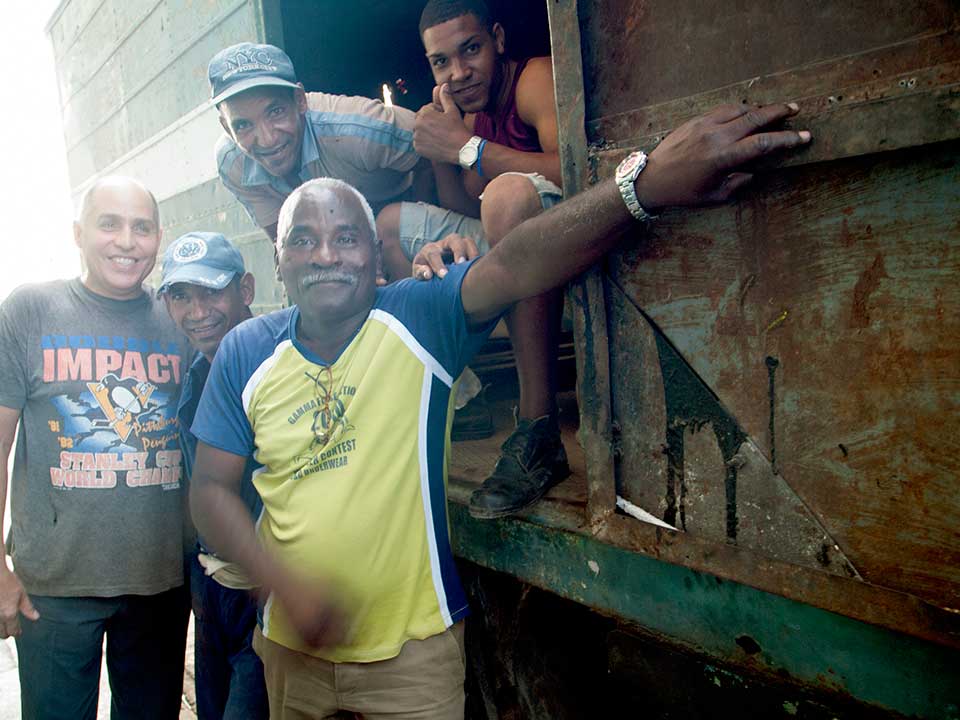
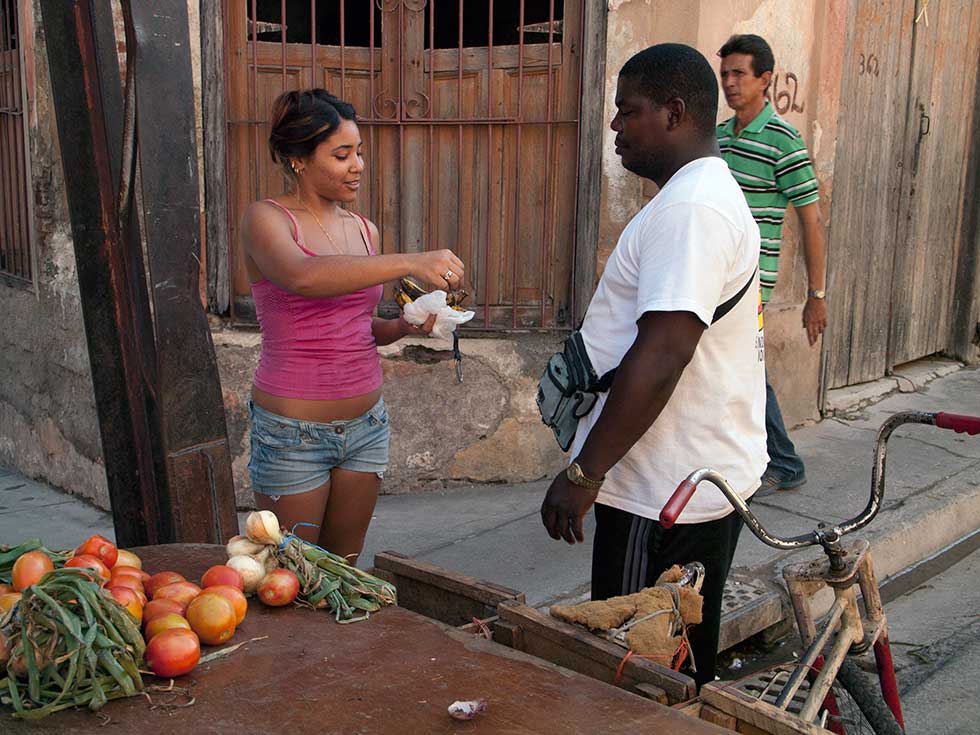
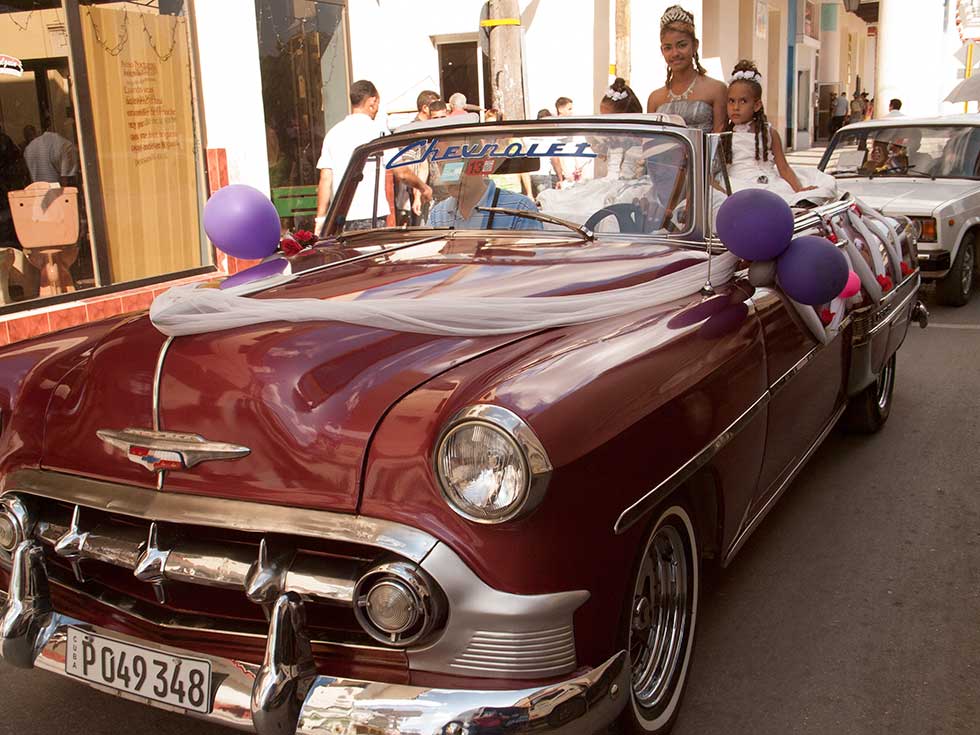
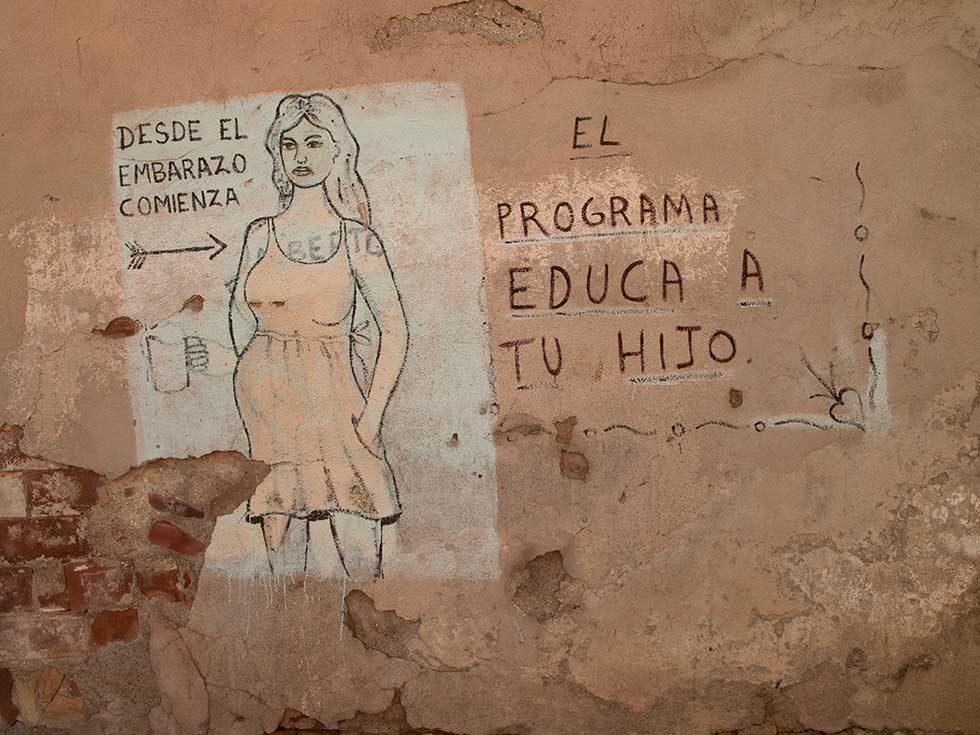

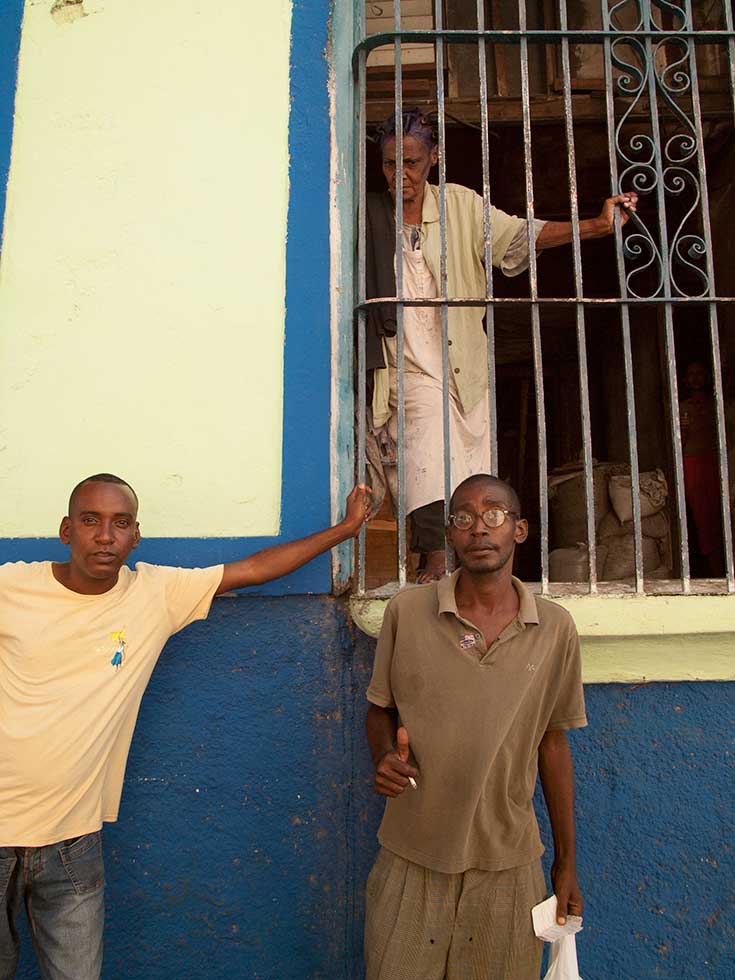
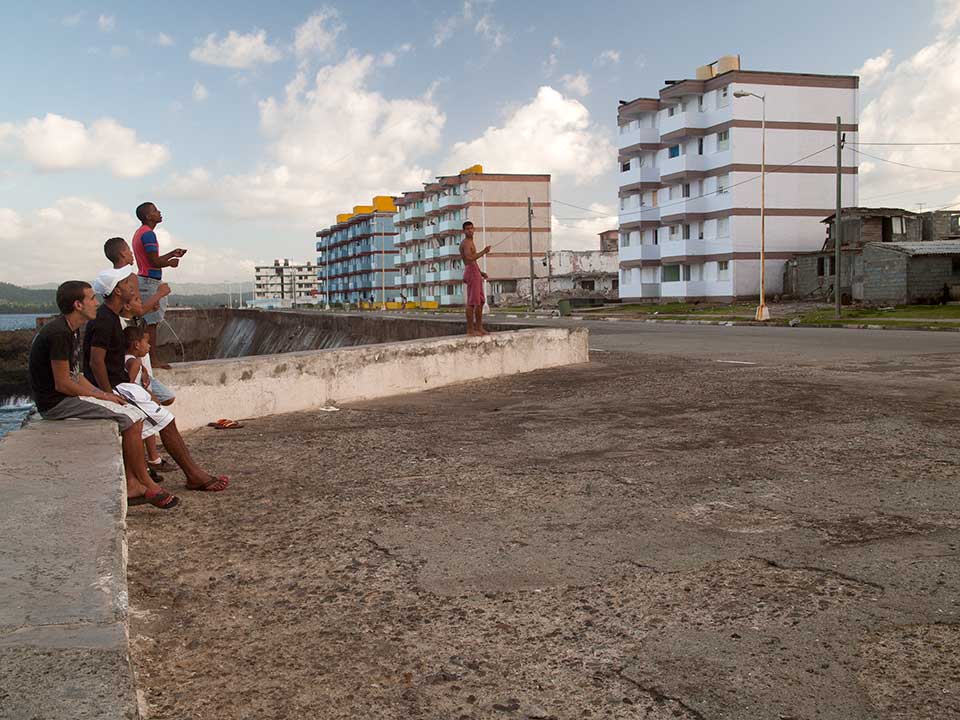
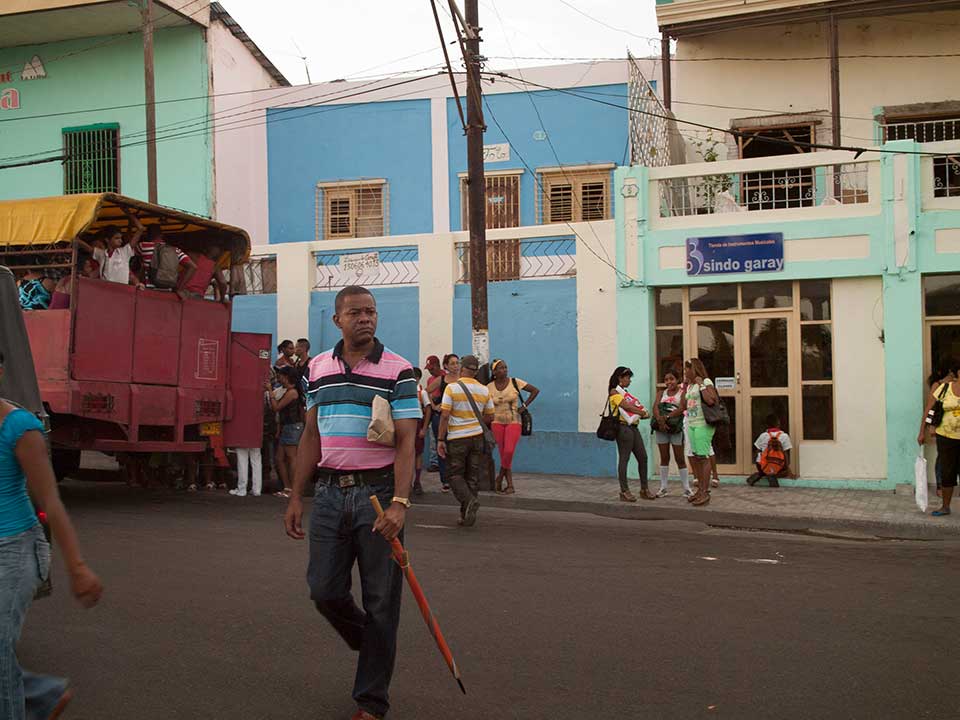
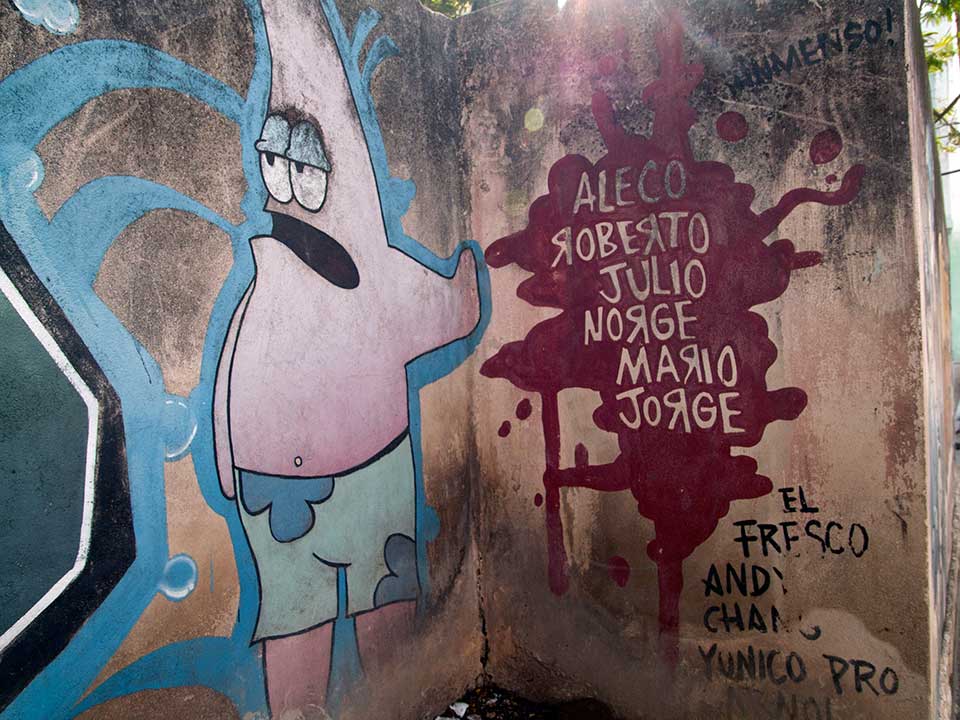
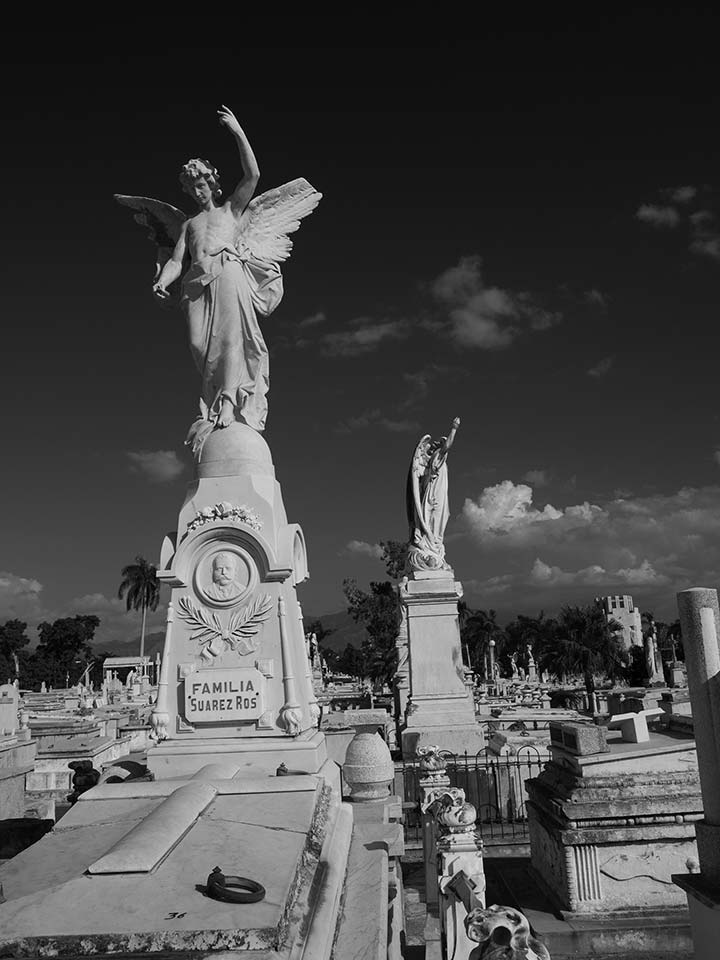
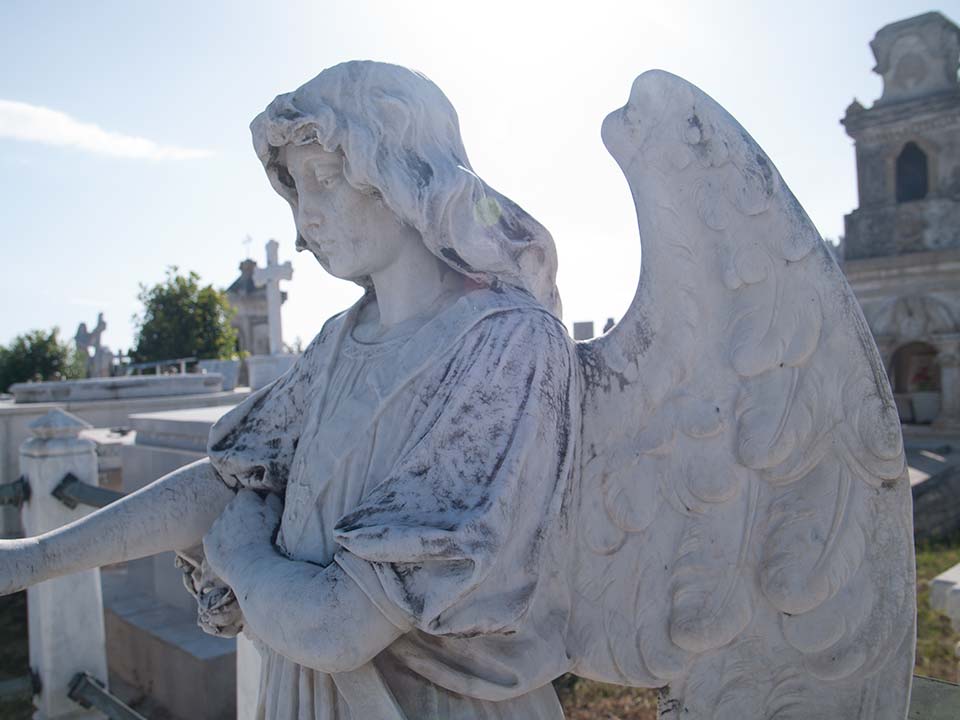
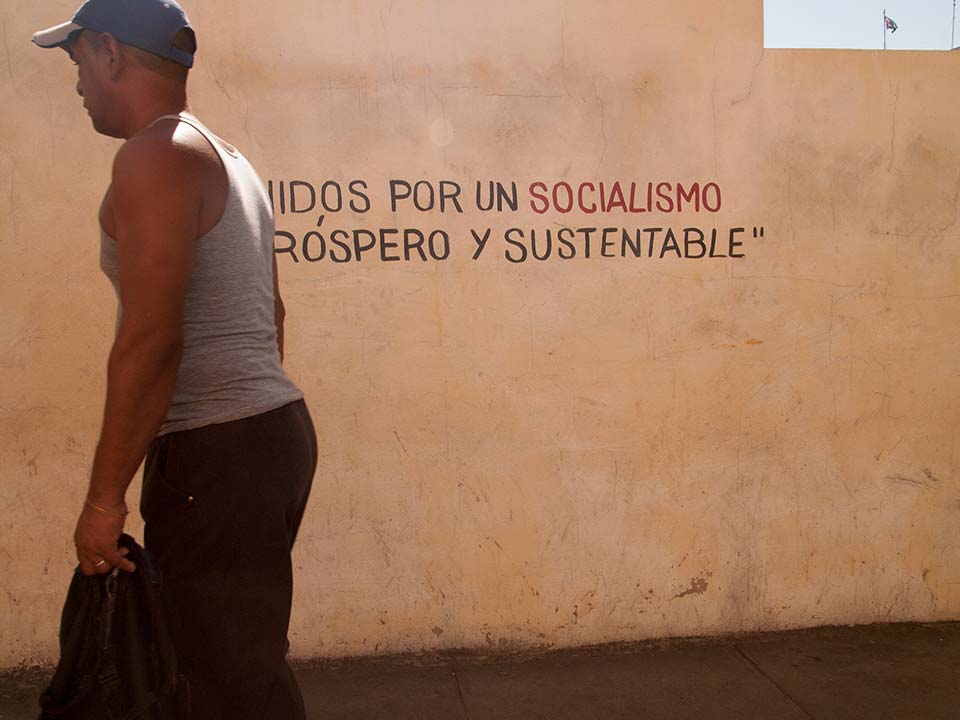
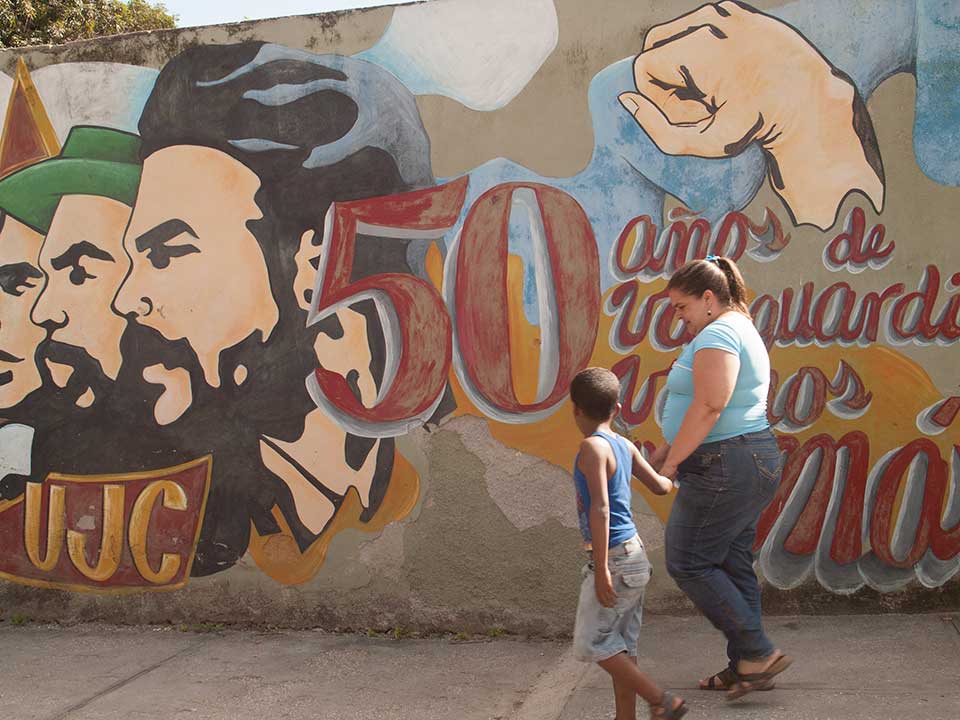
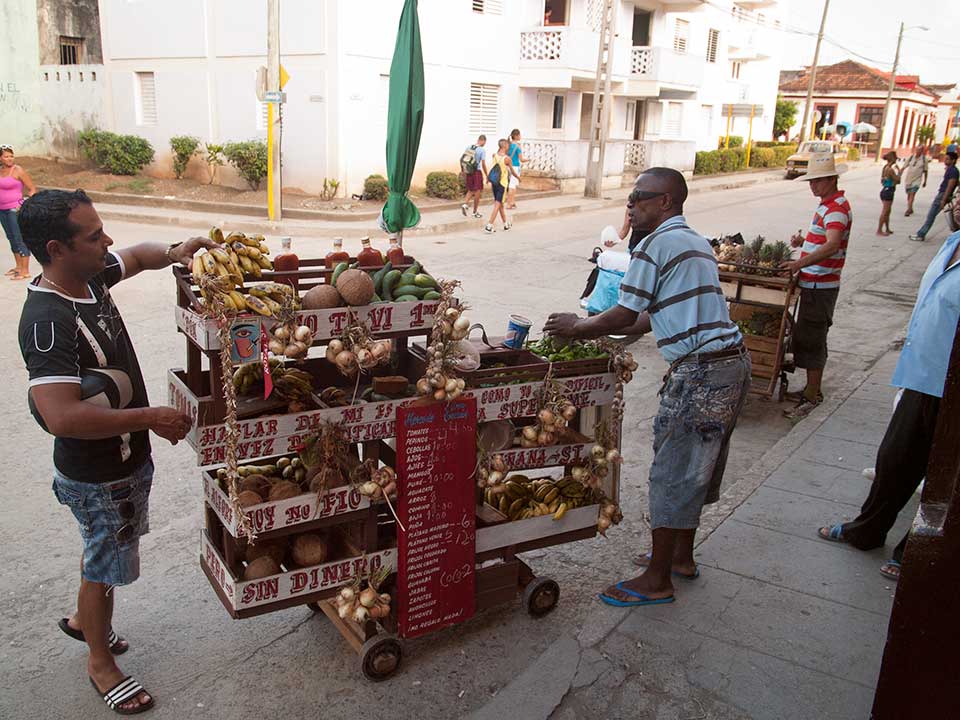
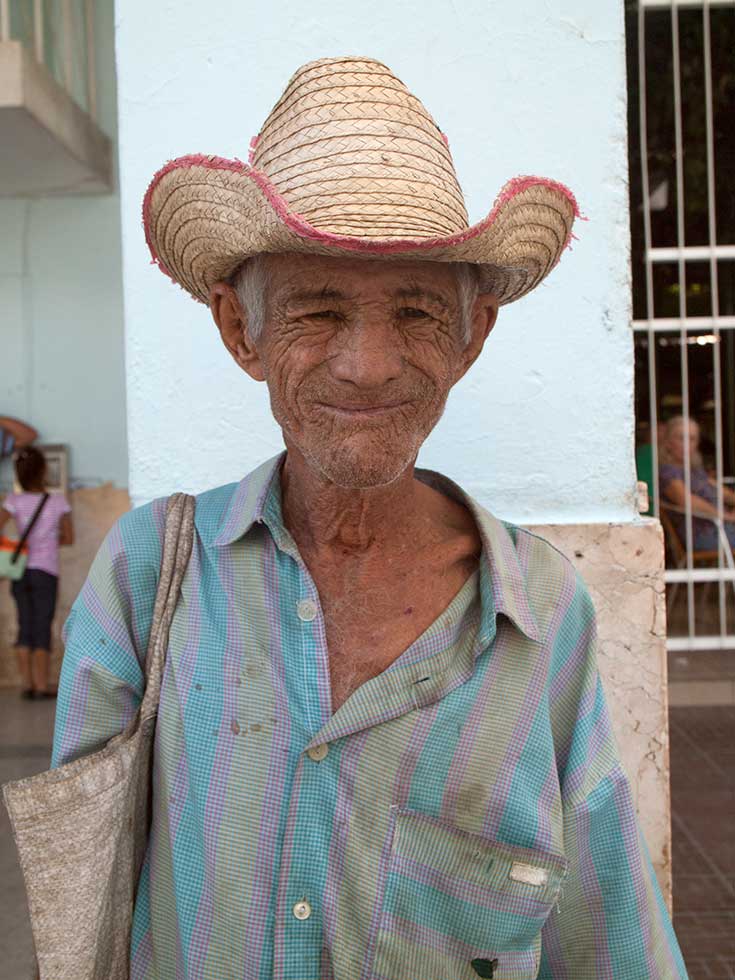
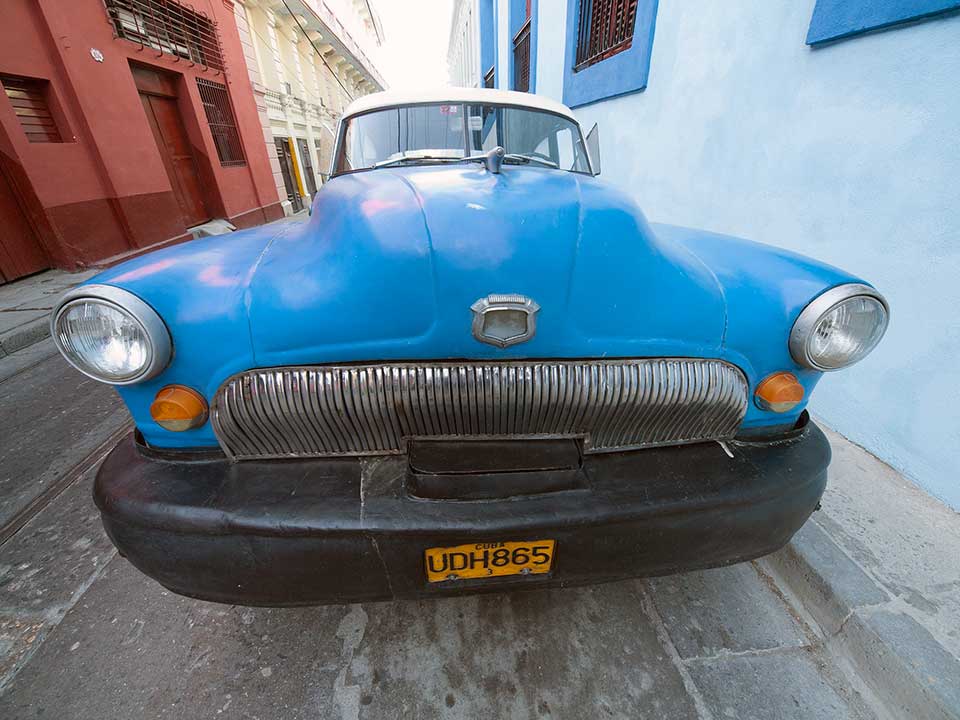
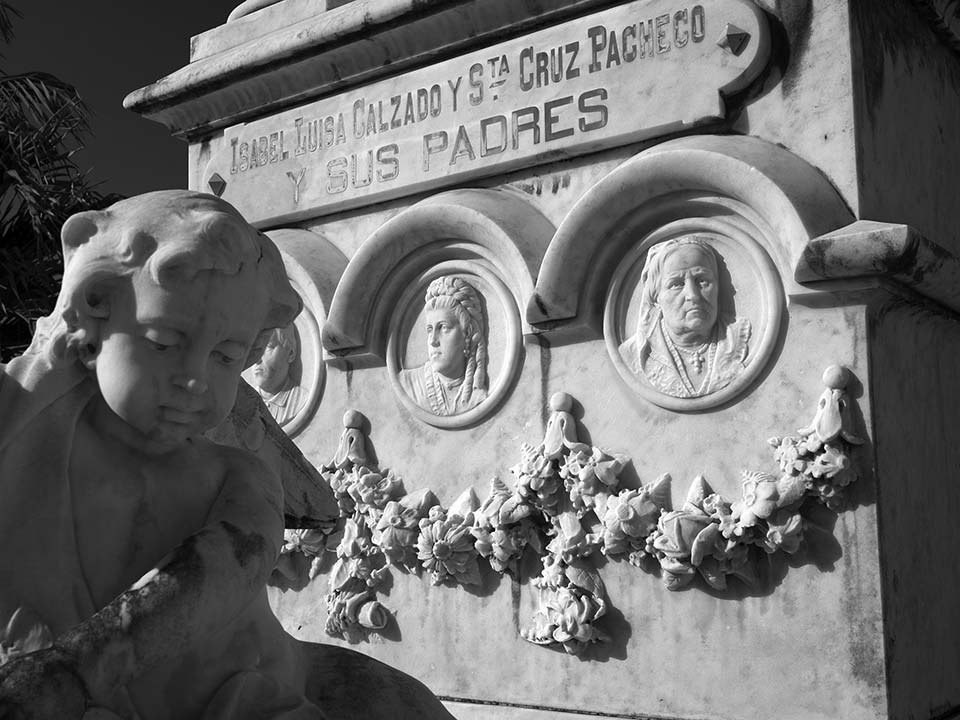
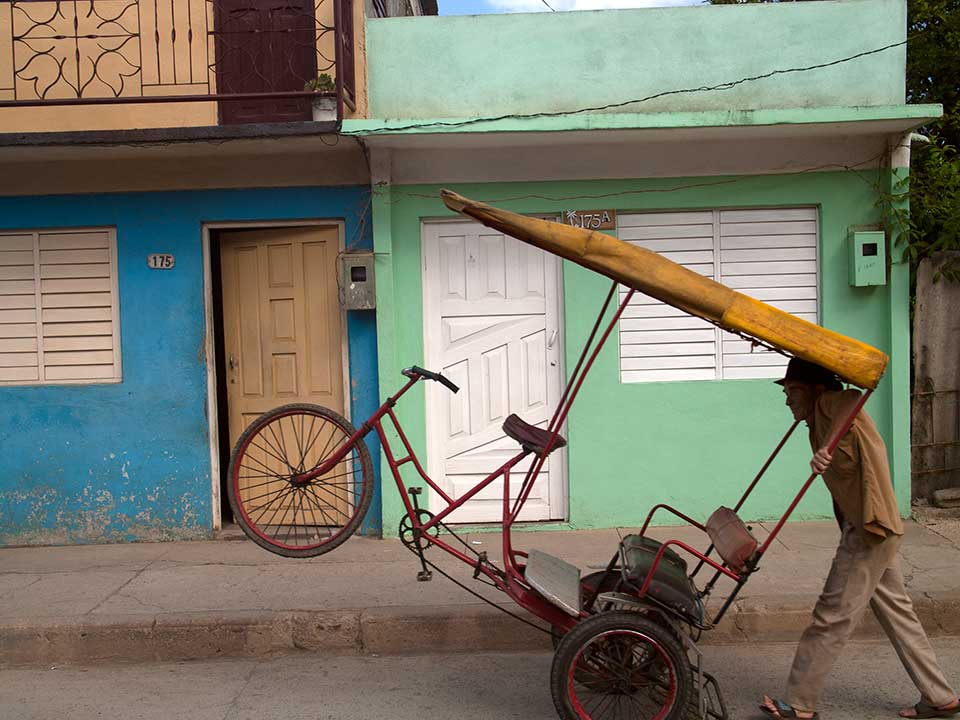
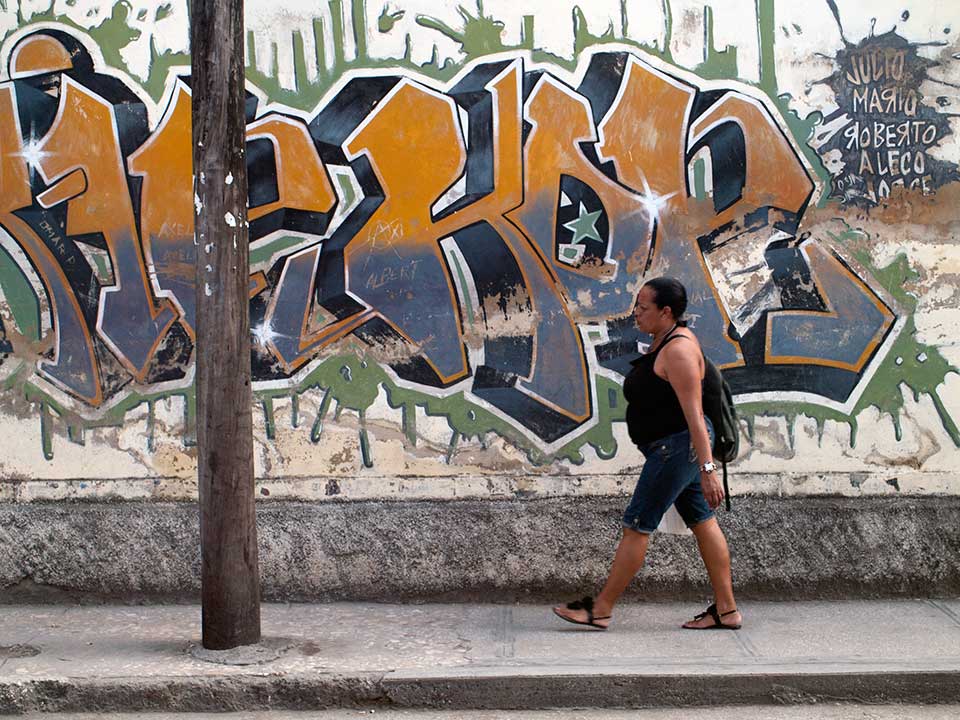
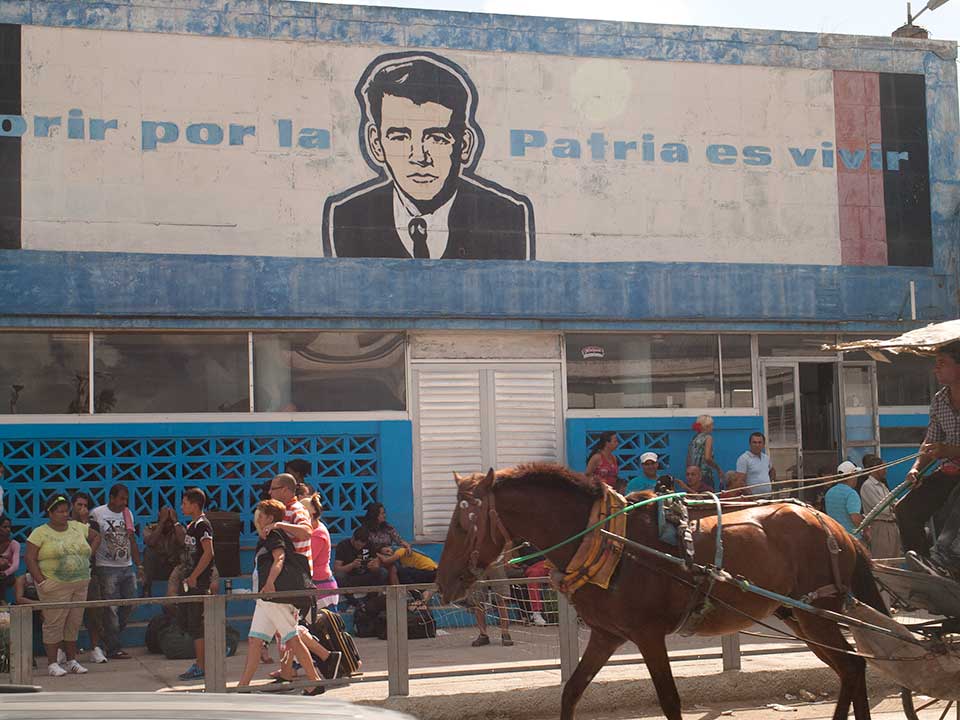
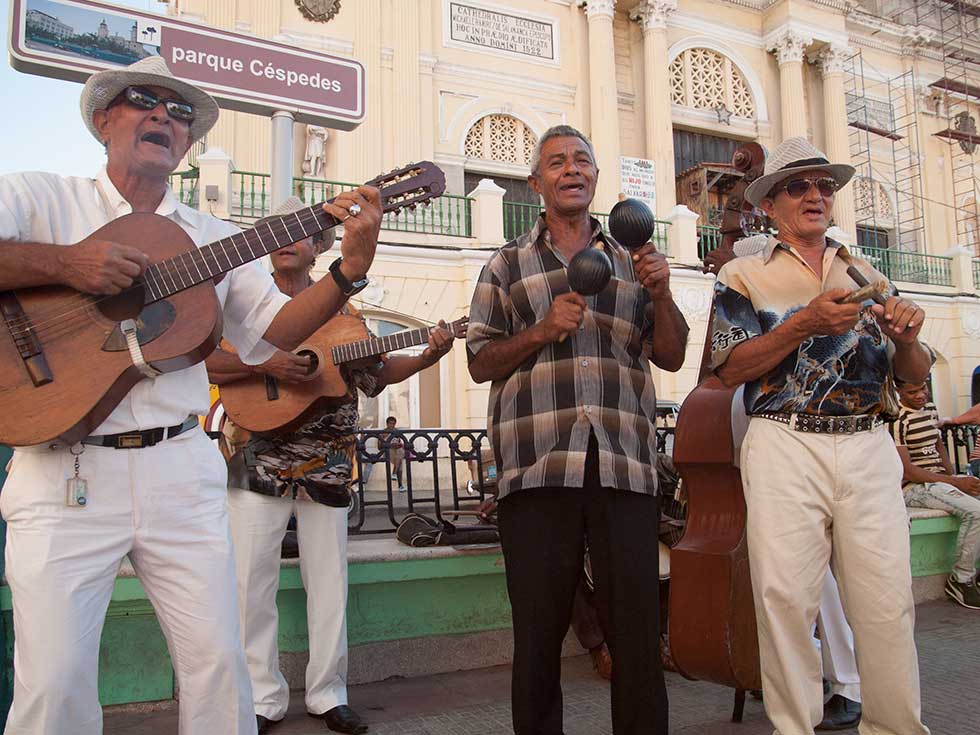
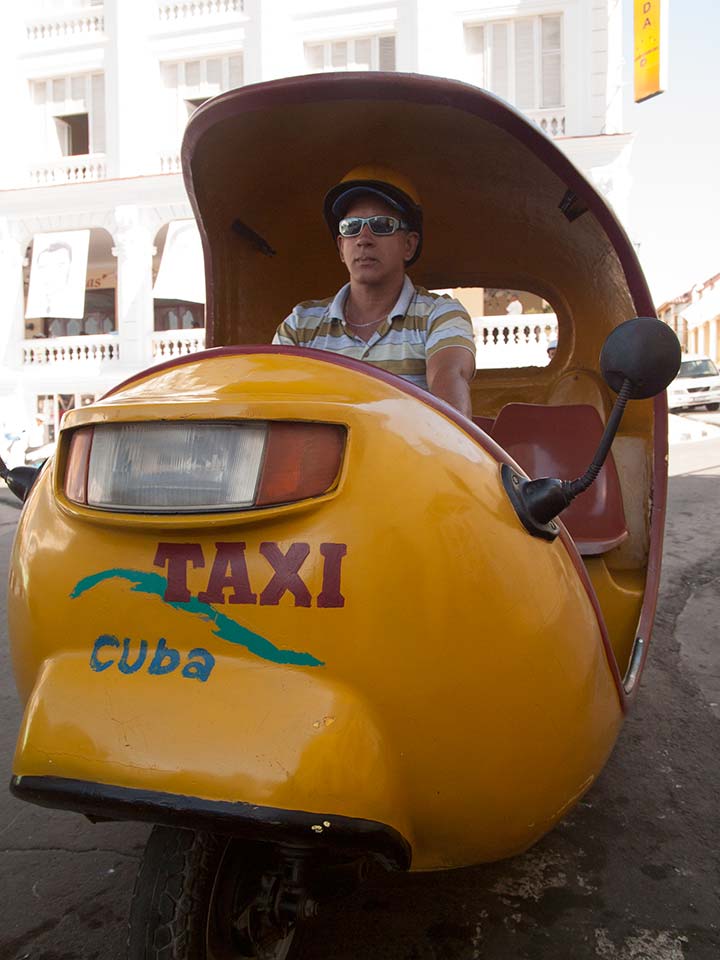
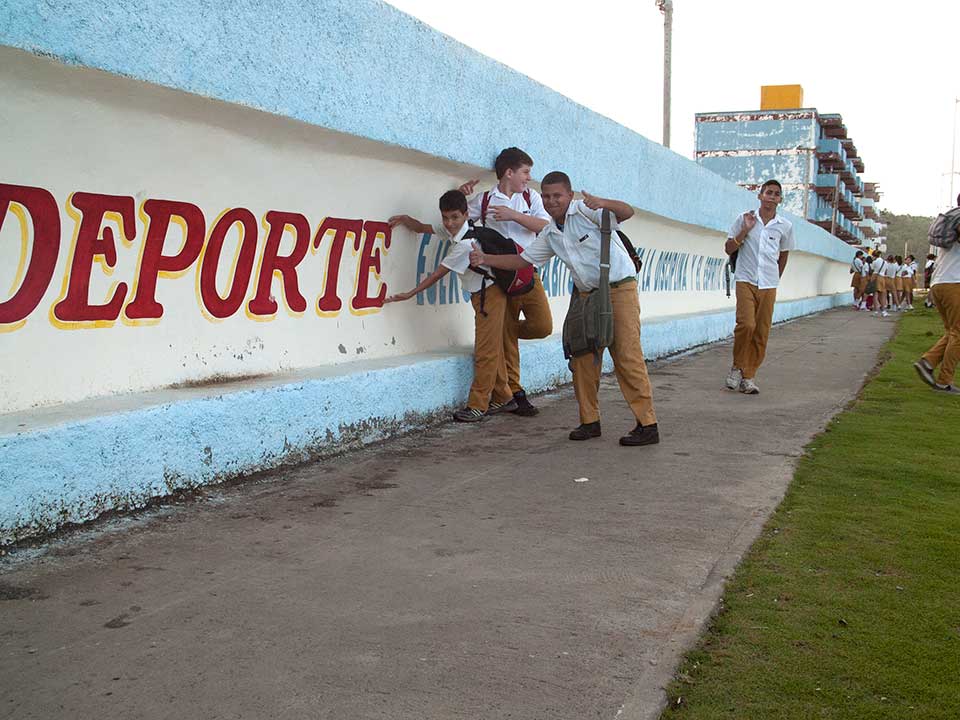
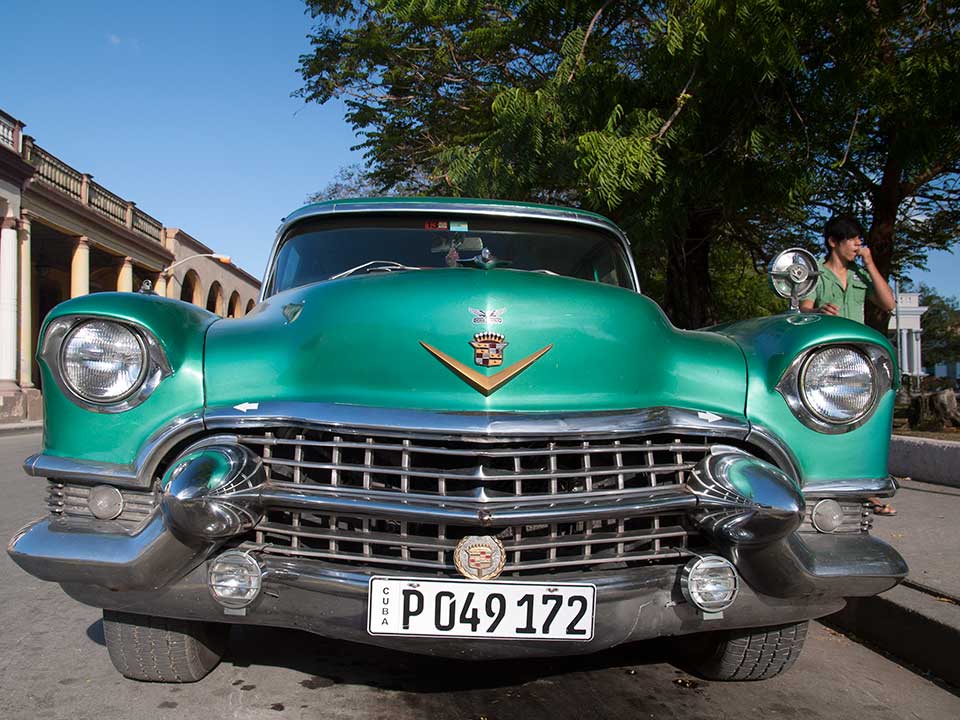
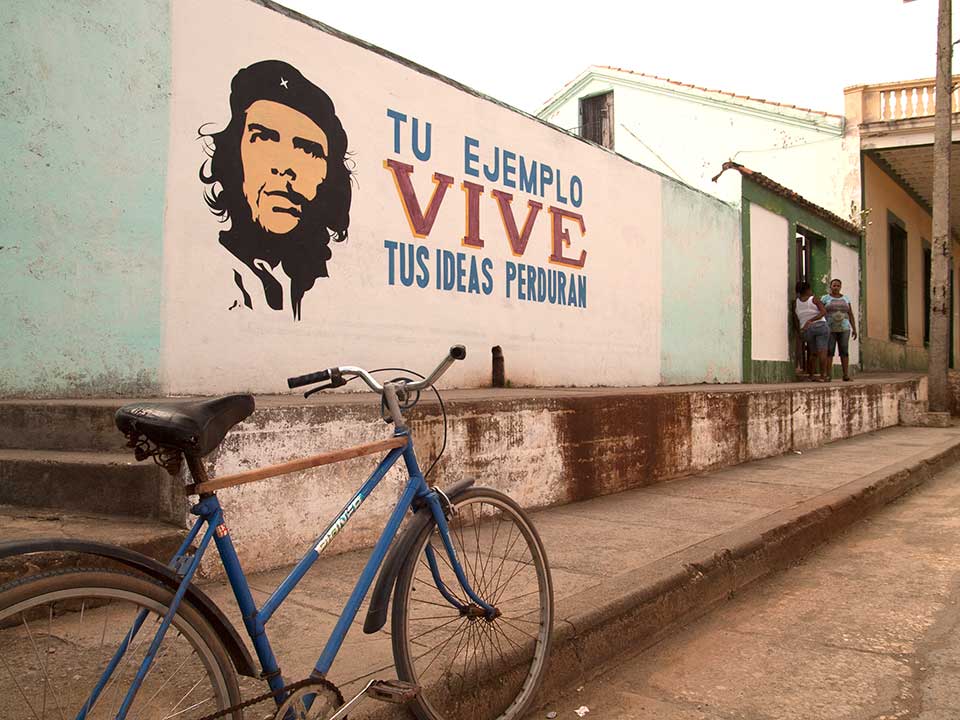
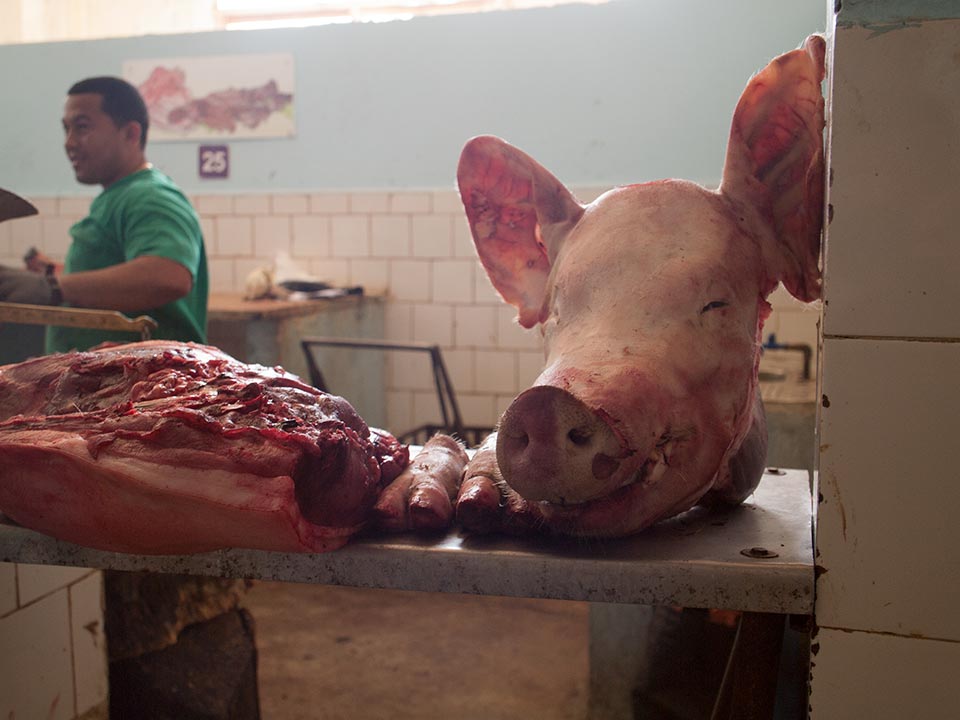
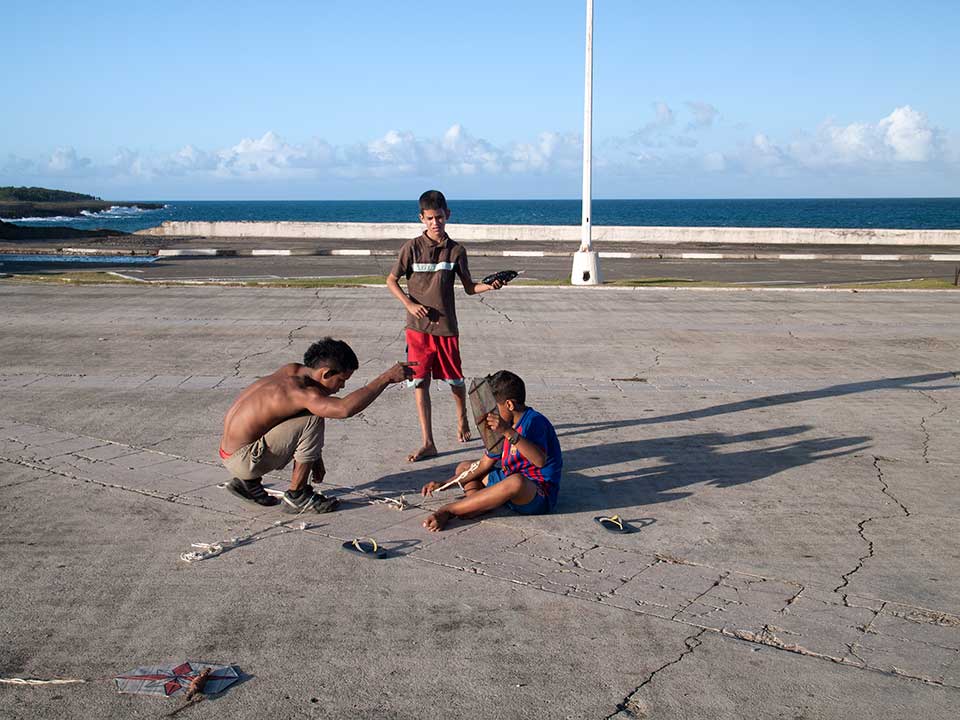
On my first trip to Cuba I had begun in Havana and then made my way eastward from there. I only got as far as Camaguay before I had to make my way back to Havana for my flight home.
Holguin
In 2014 I flew into Holguin in the eastern end of Cuba. Accompanying me was a friend from Vancouver. I had traveled solo since visiting Guatemala with my ex-wife back in 1992 so this was out of the ordinary for me. I wasn’t sure how things would work out.
There are direct flights from Toronto to Holguin. Most of the passengers on these flights book all-inclusive vacations at hotels on the coast just north of Holguin. That’s not what we did.
We had reserved rooms away from central Holguin at a place called the Hotel Pernik. The place was built by the Soviets during the Cold War. For $30 a night it was just fine as a place to stash our baggage for a couple of days. However the hotel did prove to be too far away from the center of Holguin to make walking there practical.
Next door to the Pernik was the Taberna Poncho which styled itself after a German beer hall. Why they went with the name “Poncho” seemed puzzling considering. There was only one brand of beer available, the ubiquitous Cristal, a rather light-bodied lager. Their take on German-style food was barely edible. Dining there brought back memories of the tedious food I had to eat the first time I was in the country. It became apparent that we needed to go into the center of the city in the hope of finding better options. But that was for the next morning. It was late and we were both exhausted.
Whenever the Spanish built cities in the New World they always planned them around a centrally located square, a system of town planning they pioneered at home in Spain. The town’s major cathedral would invariably be built right next to this square. In the case of Holguin, the central square is called the Plaza Calixto Garcia. In the evenings people of all ages congregate there to converse with friends and relatives. Children run around and play, old folks sit together on benches, teenagers cuddle with their girlfriends or boyfriends, and this being Cuba, hookers hustle male tourists.
A mostly benign climate allows people to meet in the open air year round. In cold places like Canada that would only be practical for a few months out of the year. I believe that the warmer climate of the tropics is at least one reason why people in those places are generally friendlier. They don’t have to huddle inside their homes to keep warm in isolation from neighbours. Being able to spend more leisure time out in public would naturally lead to more interactions with a larger number of other people and make doing this more routine.
I knew that since my first visit to Cuba that the Communist government had relaxed some of the onerous regulations governing the ownership and management of private businesses. For example the regime had granted more licenses for privately run restaurants. We were both keen to check out the quality of food in some of these places. These eateries are called “paladares”. Throughout the trip we tried to dine at paladares because the food was often vastly superior to that found in the government run places (which constitute the majority of restaurants in Cuba). Paladares have been in existence since the ’90’s but until recently the government ensured they were few in number since it didn’t want any significant competition for the dollars of hungry tourists. In recent years paladares have become more commonplace. The chances of finding a tasty meal in Cuba have greatly improved. Thank God! My number one complaint about Cuba back in ’03 was the blandness of the food.
During my first visit to Cuba I learned that Cuban people were expected to limit their interactions with foreign tourists. Local people were not allowed in tourist hotels unless they worked there or were on official business. These types of constraints had also been eased by 2014. All Cubans were now allowed to set foot in hotels frequented by tourists without violating any protocols.
Holguin offers little in the way of sights. However, my guidebook stated that Holguin was the brewing capital of Cuba. That certainly peaked my interest but I saw no evidence to back up the claim. The selection of Cuban beers available in Holguin was as limited as in the rest of the country. Cristal, the aforementioned light lager and Bucanero, a more full-bodied lager were pretty much all one could find apart from Heineken, which certainly isn’t brewed in Holguin. There was no chance of being able to do any brewery tours either. Other than eating, drinking beer and rum (the 7 year old Havana Club was rather tasty and very affordable), and walking around taking pictures, there was nothing else to do in Holguin. That was just as well. Santiago de Cuba was the place I wanted to see most anyway.
Santiago de Cuba
Santiago has long been a hot bed of Cuban culture. It is in the most African part of Cuba and the traditions of West African music and spiritual beliefs have left a stronger impression there than in the rest of the nation. Salsa and Son both originated in Santiago along with most other genres of Cuban music. The city lies on the far eastern shore of the island of Cuba and is much closer to Haiti than to Havana. Santiago has a more Caribbean atmosphere than the more Hispanic ambiance of Havana. It’s also much smaller than Havana though it’s certainly big enough to have some lively nightlife.
We went out to a couple of nightclubs with two Cuban women we met at our hotel. They showed us a great time and we got the chance to see some live Cuban bands that played phenomenal salsa. Me and Grant, my friend from Vancouver, were the only tourists in these spots. Nevertheless, like all tourists in Cuba, we had to pay our bill in US currency instead of the pesos the locals earn. In one club that meant it cost $20 for cover charge for the four of us plus 4 drinks apiece. Not bad.
Like Havana, parts of central Santiago have been refurbished and repainted. There is many fine old buildings located centrally but most of the rest of the city is very run down. Money for maintenance is scarce, or nonexistent. At night, peripheral areas of Santiago are very dark. There are very few streetlights in most of the city. That is typical of Cuba, even in Havana.
In Santiago there’s a mode of transportation called a “Coco Taxi”. Coco is Spanish for coconut and the name was appropriate since these cabs were spherical in shape like a coconut. They’re also painted bright yellow and look like something that should be tooling around in an amusement park. Grant and I really wanted to ride in one so we hailed a Coco Taxi driver to take us to the Caney Rum factory. The driver had a passing resemblance to Pam Grier, the ’70’s blaxploitation super star. At the factory we went into the tasting room. The only sample we were allowed to try was their cheapest product. Not very generous. I ended up dropping $100 US on a bottle of 20 year old Santiago de Cuba (that was the brand name). I waited until I got home to Vancouver before trying it. It was the best rum I’ve ever tasted, not that I’m an aficionado of rum.
Baracoa
Baracoa is a small city northeast of Santiago de Cuba. It’s the oldest colonial city in the Americas having been founded in 1510. Santiago de Cuba was founded five years later. Santiago’s harbour was far better than Baracoa’s and as a result, Spanish attention soon shifted away from Baracoa. As the Spanish conquerors continued to establish more settlements on the island, Baracoa’s importance waned and it soon lapsed into obscurity. The town would remain a backwater to this day. It was only in the 1960’s that Baracoa first became accessible by road.
There were other tourists in town but they were scarce. There was only one hotel to service first class travelers. The effort it took to get to Baracoa and the lack of tourist sights there kept the number of visitors to a minimum. There are some wonderful deserted white sand beaches close to Baracoa.
In 2008 Hurricane Ike tore through Baracoa destroying many buildings. Today the town has the atmosphere of a quiet provincial hamlet that could use a bit of touch up. It’s a quiet place but that’s what I was looking for after the more frenetic pace of Santiago. Grant soon tired of it and went back to Santiago to hook up with a woman he’d met there days before. I stayed to just relax and catch up on some reading.
The drive from Santiago to Baracoa goes through some stunning scenery just before the bus arrives in town. There were many conical hills with very pointy peaks and steep slopes thickly covered in dense forest. I’d never seen such a sight. Those hills looked like topography from a cartoon. Their outlines looked too perfectly cone-shaped to be real. The forest that carpeted the hills would have been extremely difficult to fell due to the steepness of the slopes.
Hurricane Ike had washed out parts of the road between Baracoa and Holguin. Fortunately it had been patched up by the time I arrived so I didn’t have to double back and take a round about way of getting back to Holguin. Just before reaching the small town of Moa I noticed that the foliage along the sides of the road were powdered in a brick-red dust. The closer we drove to Moa the thicker the dust became. Eventually we passed a large smelter belching a reddish smoke from high smokestacks, the obvious source of the mysterious dust. The smelter was surrounded by thick accumulations of the dust which no doubt was toxic. According to my guidebook the government prohibits photographs of this environmental wasteland.
That night I reconnected with Grant. We had previously agreed to meet up in the Plaza Calixto Garcia. We ventured into a hotel looking for a bar and found one with amazingly cheap whiskey. They sold shots of Johnny Walker Gold Label for $3. We were so disappointed we hadn’t discovered the place earlier. Well at least we found a stylish way to end our last night in Cuba.